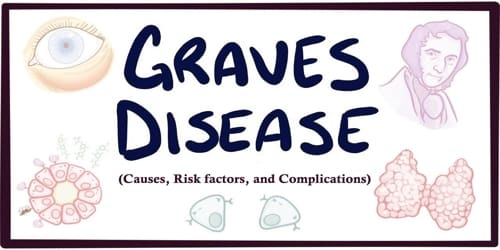An exploratory pilot study published in Menopause found that women who got therapy for overactive bladder (OAB) via asynchronous telehealth encounters saw a significant improvement in their symptoms and a high level of satisfaction with their care.
One in five women suffer from overactive bladder, a common disease. The quality of life for affected women is significantly reduced by this illness, but treatment compliance is infamously low.
“Successful treatment of overactive bladder often requires both medication and altering behavior, such as reducing the amount of liquids consumed and cutting back on beverages containing caffeine, a bladder irritant,” says first author Marcus Ortega, MD, a female pelvic medicine and reconstructive surgeon at Massachusetts General Hospital (MGH).
“Patients often discontinue medications because of side effects, and the behavioral changes aren’t easy to make without positive reinforcement and objective proof that they are effective. We wanted to test whether we could enhance treatment by keeping patients engaged in care and expediting therapy options.”
The 23 women who participated in the pilot trial had just received a brand-new OAB diagnosis at an in-person outpatient appointment at MGH. The ladies received their first asynchronous visit around a month after their initial in-office visit, as opposed to the customary three-month follow-up appointment for OAB.
For example, the clinician might recommend switching to a different medication because of side effects or lack of efficacy, or reinforce certain behaviors to improve symptoms. The patient’s answers on the validated medical questionnaires also allow us to objectively compare over time whether symptoms are improving, since it can be difficult for patients to keep track of subjective symptoms month after month.
Marcus Ortega
An electronic questionnaire from a clinician questioning patients about their symptoms and treatment outcomes made up the telehealth visit. Based on the patient’s answers, the clinician responded with specific recommendations.
“For example, the clinician might recommend switching to a different medication because of side effects or lack of efficacy, or reinforce certain behaviors to improve symptoms,” Ortega explains. “The patient’s answers on the validated medical questionnaires also allow us to objectively compare over time whether symptoms are improving, since it can be difficult for patients to keep track of subjective symptoms month after month.”
Over the course of a mean 135 days, the study participants performed 50 e-visits in total, with the majority of the women completing two. Between their first and last asynchronous visits, all study participants saw statistically significant improvements in their urine symptoms and a decline in the number of incontinence events.
More than 30% of the female participants changed prescriptions or had the dosage altered, and they consumed less fluid overall, including caffeinated and carbonated beverages. On a scale of 1 to 10, participants gave the asynchronous visits an 8.8 out of satisfaction, indicating that they were extremely happy with the experience.
Nearly 50% of patients are dissatisfied with the outcomes of their treatment, despite recent advancements in overactive bladder medications. In this trial, the participants’ urine symptoms improved, and the researchers credit this to patients’ increased compliance with behavioral adjustments and medication use as a result of their more regular interactions with their clinicians.
The time it takes for patients to undergo cutting-edge treatments like Botox injections, tibial nerve stimulation, or sacral neuromodulation may be sped up by scheduling asynchronous sessions.
Asynchronous visits enable clinicians to expeditiously optimize treatment and test new medications rather than having to wait for the patient to return for a follow-up office visit after 90 days, which is frequently the case with insurance companies.
The investigators plan to conduct a randomized clinical trial to test whether asynchronous visits improve outcomes in OAB compared with regular office-based care.
“If we can confirm the efficacy of this delivery model in a randomized trial, we hope this platform will become more widely available for other medical conditions,” says Ortega.
Asynchronous visits provide numerous other benefits in addition to keeping patients interested in follow-up care, including not requiring a camera, lowering the number of unneeded medical visits, and the convenience of obtaining care remotely, especially in rural locations where few specialists are available.
Ortega is an instructor at Harvard Medical School (HMS) and a Massachusetts General Physicians Organization Management Fellow.
Other key authors are Marcela del Carmen, MD, MPH, president of the Massachusetts General Physicians Organization and professor of Obstetrics, Gynecology, and Reproductive Biology at HMS; May Wakamatsu, MD, director of Female Pelvic Medicine and Reconstructive Surgery and vice chair of Gynecology at MGH; and Jason Wasfy, MD, MPhil, medical director of the Massachusetts General Physicians Organization, director of Quality and Analytics at the MGH Heart Center, and associate professor of Medicine at HMS.
















